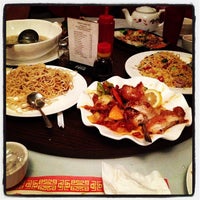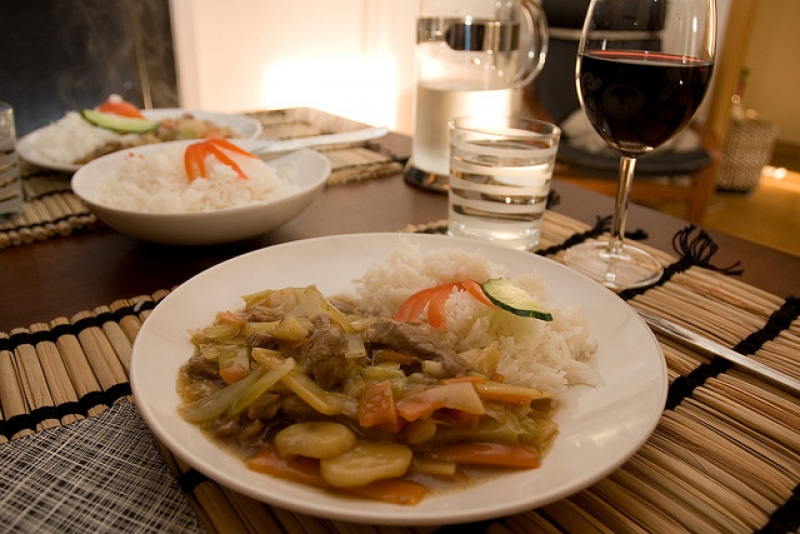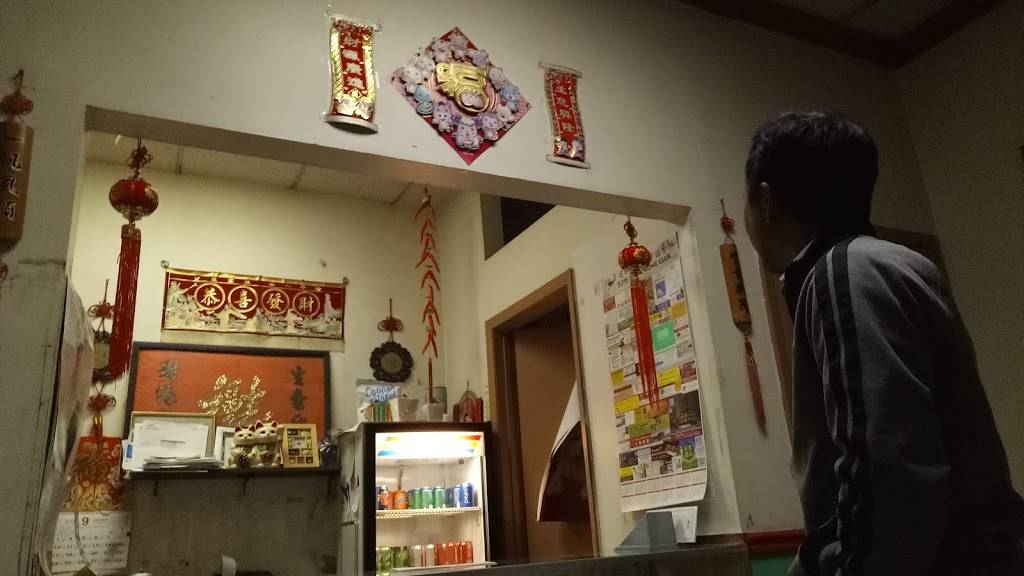
Today a beer and a corned beef sandwich at the Berghoff costs about $20. “He could only get a retail license, and that required him to serve food. “As a recent German immigrant, had a hard time getting just a liquor license,” she says.

CHOP SUEY RESTAURANT DET FREE
And its spokesperson Colleen Silk says their bar gave away free lunch - corned beef sandwiches - because it was part of their licensing agreement. “Do you get me? That’s why I had to close up.”īut one of those saloons, Berghoff Bar, is still open today. “Some of those hobos spend a nickel for a glass of beer and eat 20 cents worth of liver,” one Clark Street saloon owner told the Tribune. In 1913, two saloons went broke after giving away too much liver and onions. In the Loop, first Ward Alderman Hinky Dink Kenna gave beer drinkers hot soup and unlimited bread at Workingman’s Exchange on Clark. “Right outside the stockyards there would have been a line of bars where you’d get your drink and they’d give you a free hot oyster for lunch,” says historian Danny Block, co-author of Chicago: A Food Biography. To stay competitive, they started offering something popular (and controversial with temperance advocates): free lunch with a drink. In the early part of 20th century, Chicago had about 8,000 saloons. The celery fad would continue to leave its mark on American menus through the 1960s as an element of the classic steakhouse relish tray.įor a similar experience today, check out an old-school steakhouse like The Grill On the Alley or Lawry’s The Prime Rib. “Celery was huge,” says Kraig, because “it got your gastric juices going, and because it had so much fiber it was thought to have helpful benefits for elimination of waste.”

Historian Bruce Kraig said it was part of a celery health craze sweeping the nation. One of those standard dishes was raw celery served as its own dish. “So if a person said ‘I want X’ and it wasn’t on the menu, they would fix it for them, because the idea was to have all the standard dishes, of which there were a lot.” “They were supposed to have everything,” she says. Whitaker says they were supposed to project an image of opulence, abundance and customer-pleasing service. While most of the dishes would seem at home on big steakhouse menus today, others like croquettes, turtle soup, pickled lamb’s tongue, canned sardines and a whole section for wild game wouldn’t anymore. Tables would have been decked out in linen tablecloths, China and silver, and the menu would have featured hundreds of items. These restaurants would have been filled with politicians, magnates, business people and middle-class folks celebrating special occasions. “They had money so they could hire a chef from Europe if they wanted to. “Hotels were like corporations at the time,” says restaurant historian Jan Whitaker. Many of the fanciest restaurants were in hotels like the Palmer House, Sherman House and The Drake. Some of these restaurants were large, handsome eateries run by European immigrants, like Viennese pastry chef Philip Henrici, who owned Henrici’s on Randolph. Īt the turn of the century, Chicago’s finest dining rooms featured enormous menus, with steaks, chops, seafood and many European-influenced dishes, also known as continental fare.

Chinese-American restaurants thrived for at least another century - even if chop suey itself would eventually fall out of favor for more “authentic” Chinese fare.įor an old-fashioned chop suey restaurant today check out Chicago’s oldest continuously running chop suey house, Orange Garden.

CHOP SUEY RESTAURANT DET LICENSE
But the boycotts eventually failed, the license proposal never passed, and a 1915 court case added “restaurateurs ” to the slim list of Chinese professionals allowed to enter the U.S. The restaurants faced union boycotts, City Council proposals to deny them restaurant licenses, and federal laws that already sharply limited Chinese immigration. The slave wives of Chinamen or drag them down into lives of more open shame.” Introduced to cigarette smoking, drinking and other evils destined to make them “CHINESE MIX SIN WITH CHOP SUEY … Young girls with braids down theirīack daily are escorted into many of these oriental places … and are being Others (but not all) offered controversial amenities like music, dancing and private booths.īut the controversy was also fueled by xenophobia, as illustrated by this investigation published in the Chicago Tribune in 1911: This is partly because some of Chicago’s Chinese restaurants were located near the vice district. Many were seen as risque, counterculture venues where customers could try “oriental” delicacies and briefly escape the more rigid societal norms of the time.


 0 kommentar(er)
0 kommentar(er)
